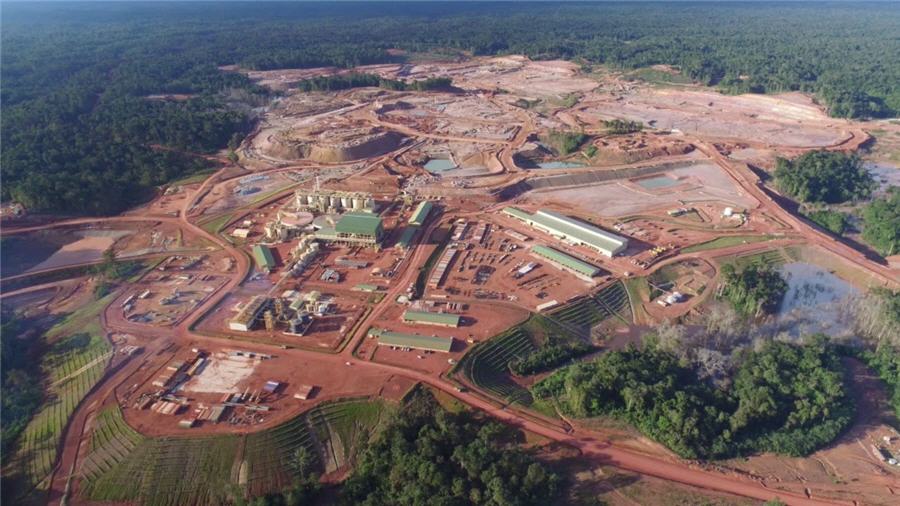175 years Wardell Armstrong – from coal and minerals to wind and waste
In 1837, mining engineer William Armstrong laid the foundations for what has become a successful multi-disciplinary international company. Today, the firm offers a wide range of skills across renewable energy, waste resource management, land and property, infrastructure and utilities. It also continues to build on a strong heritage in mining, quarrying and mineral estates. And a steadily rising proportion of the firm’s business – now some 40 per cent – is in international markets.
Just three years after William Armstrong started up his family business in Newcastle upon Tyne, S&J Bailey set up in Birmingham as mining engineers and mineral surveyors. This was the start of a long specialisation working with major land owners. Mining and minerals issues such as leasing, licences, land stability, reclamation and regeneration became the constant thread running through the next century. S&J Bailey evolved into K Wardell & Partners, and the combined expertise of the two practices was consolidated in 1982 when they merged to form Wardell Armstrong.
The mid-1980s saw the opening of a new environmental consultancy unit –– long before environmental issues were to make their mark on the world’s political and social agenda.
“The move into environmental science was the catalyst for strong growth through the 1980s and beyond,” says the firm’s current MD, Colin Brown. “In waste resource management, for example, it took us from traditional landfill engineering into waste minimisation, recycling and energy from waste – including handling the planning and permitting for Europe’s largest ever waste PFI project in Greater Manchester. Our involvement in renewable energy projects now includes wind, solar, biomass and anaerobic digestion. At the same time we’ve developed our civil and structural engineering and landscaping skills in land and property, as well as supporting many of the leading utility companies on major infrastructure projects.”
The acquisition in 1998 of Camborne School of Mines Associates brought important new expertise in hard rock and metalliferous mining. And just last year, the consultancy’s archaeological and heritage services were strengthened with the acquisition of North Pennines Archaeology (NPA).
But it’s international mining that has seen the greatest recent growth, with offices in Russia and Kazakhstan to support projects across Europe, Central Asia, Mongolia, and the Caucasus. “The huge rise in demand for minerals brings real challenges to the mining industry in balancing sustainability with profitability,” says Colin Brown. “We support the whole life cycle of the mine – from sound investment decisions, discovery and exploration all the way through to responsible closure and remediation.”
With ten UK offices, 350 people and a turnover of £25 million, Wardell Armstrong has come a long way since its early roots of the 1830s. There are certainly challenges – including an uncertain economic outlook, cutbacks in public sector spending and a general skills shortage in mining. But Colin Brown sees a promising future, especially in terms of international opportunity. “Sustainability and social responsibility will become ever more important as developing countries become more sophisticated and concerned about the impact of development on communities. Our core skills in these areas will continue to export very well.”
More News
{{ commodity.name }}
{{ post.title }}
{{ post.date }}

Comments